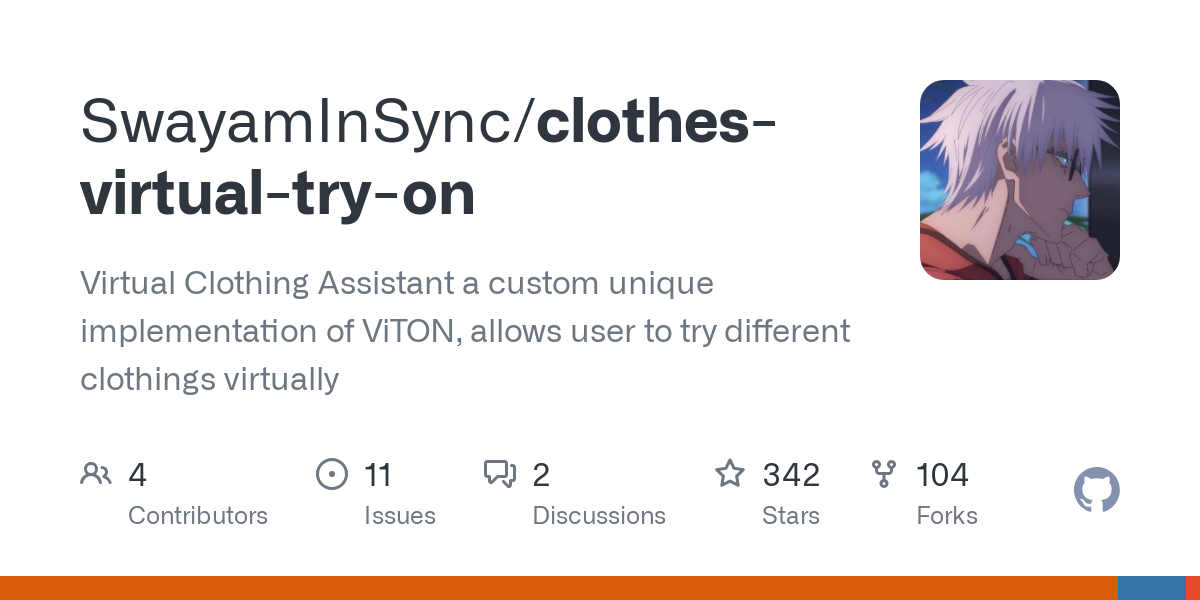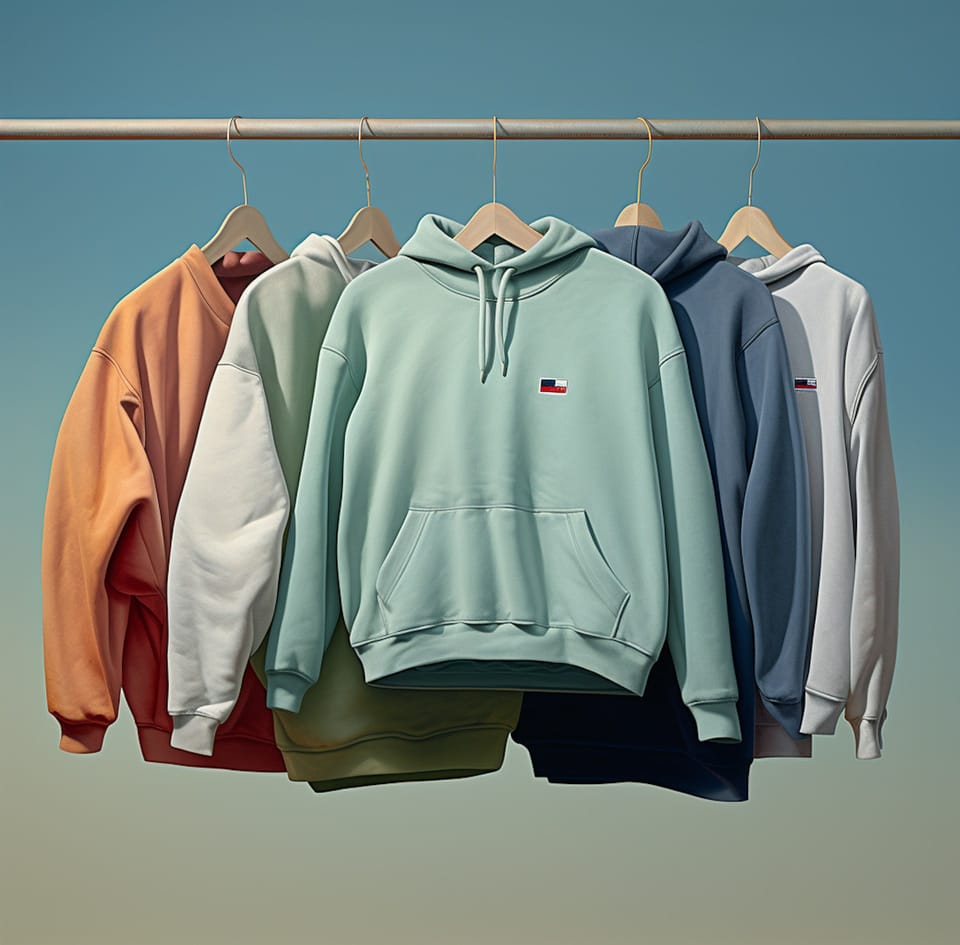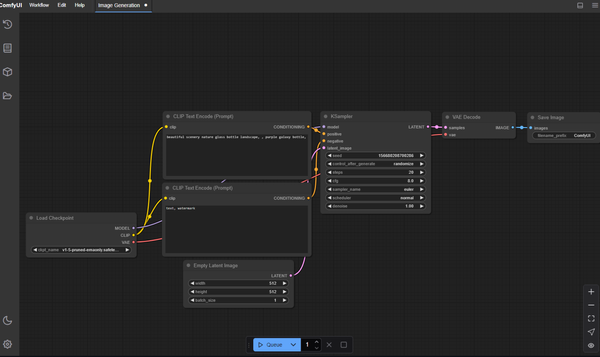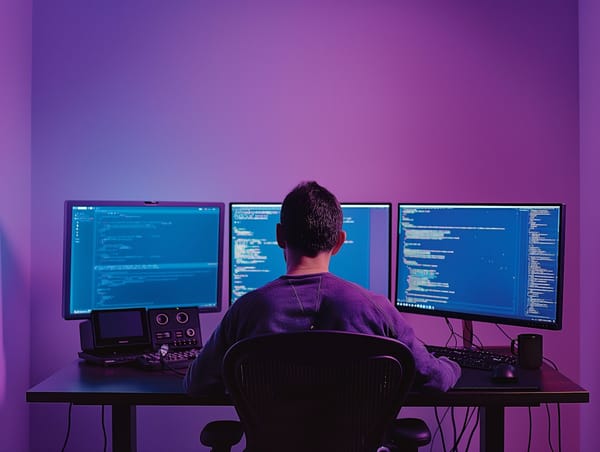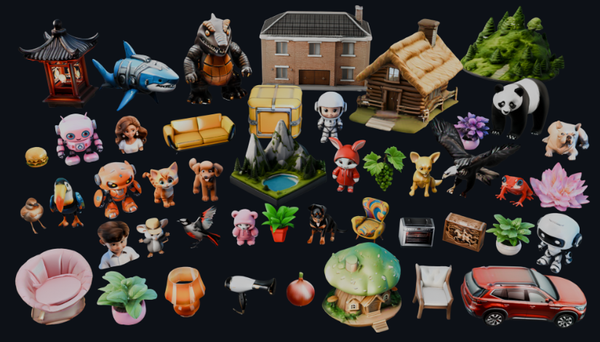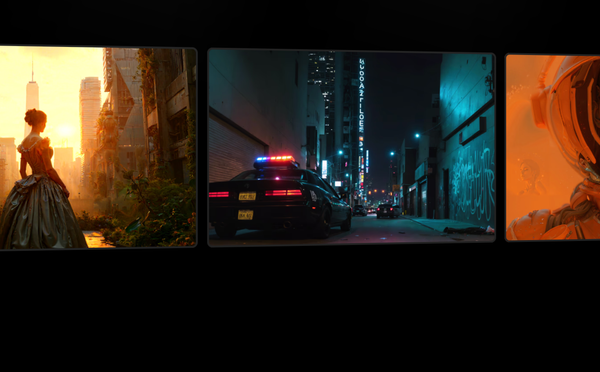Try-On Before You Buy: The Tech Behind Amazon’s AR Mirror and Virtual Fitting Rooms
Are You Truly Ready to Put Your Mobile or Web App to the Test?
Don`t just assume your app works—ensure it`s flawless, secure, and user-friendly with expert testing. 🚀
Why Third-Party Testing is Essential for Your Application and Website?We are ready to test, evaluate and report your app, ERP system, or customer/ patients workflow
With a detailed report about all findings
Contact us nowTable of Content
The fashion industry is in the midst of a digital revolution, with the "try-on trend" leading the charge. This emerging trend harnesses augmented reality (AR) to allow customers to try on clothes virtually, using just their mobile or web cameras.
As we delve deeper, we'll explore how this technology is not just changing the way we shop but is also reshaping the landscape of fashion retail.
The Rise of AR in Fashion
What is the Try-On Trend?
Augmented reality in fashion utilizes sophisticated AI and computer vision technologies to enable virtual try-ons. This means shoppers can see how clothes look on them without ever stepping into a store. The technology maps the clothing item onto the user's image on their device, offering a real-time view of potential purchases.
Why It Matters
Personalization and convenience are the cornerstones of modern online shopping. AR bridges the gap between the tactile feedback of in-store shopping and the convenience of online platforms, offering a personalized shopping experience that was previously unimaginable.
Amazon’s AR Mirror: A Game-Changer
What is Amazon’s AR Mirror?
Amazon's entry into this space with its patented AR mirror technology marks a significant milestone. The AR mirror isn't just a digital try-on; it's an intelligent system designed to transform the user's environment and simulate how different outfits will look in various contexts.
How It Works
At its core, the AR mirror combines real-time rendering technologies, body tracking, and advanced garment simulation, all powered by AI and machine learning. This integration allows the mirror to render fabrics realistically and adjust to the movements of the user for a dynamic, interactive experience.
Benefits and Use-Cases
For Consumers
The benefits for consumers are manifold; enhanced shopping experience, fewer returns due to poor fit, and personalized product recommendations based on the user's preferences and previous interactions.
For Retailers
Retailers can look forward to higher conversion rates, increased customer engagement, and significantly reduced costs associated with returns. Moreover, virtual try-on solutions like these can be integrated into existing ecommerce platforms, enhancing their capability to offer personalized experiences.
Real-World Applications
Fashion chains and clothing shops can leverage this technology to merge physical and digital shopping venues, creating hybrid experiences that attract a wider base of tech-savvy customers.
Technologies Powering the Try-On Trend
Engines and Frameworks
Unity and Unreal Engine create the stunningly realistic 3D environments necessary for high-quality virtual try-ons. Meanwhile, TensorFlow and ML5 provide the backbone for machine learning algorithms that ensure accurate body tracking and garment fit.
Development Tools
JavaScript libraries such as Three.js, Babylon.js, AR.js, and A-Frame democratize AR development, making it more accessible to developers worldwide to create bespoke AR shopping experiences right from the web.
Our AI Club’s Success Story
Our local AI Club took up the challenge and built a virtual try-on system that integrates TensorFlow.js for machine learning, Three.js for 3D rendering, and Meteor as the backend framework. An alternate version was also developed using Unity for even more sophisticated rendering capabilities.
Challenges and Learnings
The journey wasn't without challenges; from integration issues to optimizing real-time performance, each hurdle was a learning opportunity that taught us more about resilient and scalable application development.
Resources and Tutorials
For those interested in diving deeper into AR development or the specifics of our project, a plethora of resources are available:
- YouTube Videos:
- GitHub Repositories:
What This Means for the Future of Fashion
The implications of AR tech in fashion are profound. Not only does it promise to enhance customer satisfaction and reduce waste, but it also sets the stage for a more sustainable industry where returns and excess production are significantly curtailed.
Conclusion
As we've seen, the try-on trend powered by AR technology like Amazon's AR Mirror is more than just a novelty; it's a transformative force in fashion retail. For those eager to be part of this exciting wave of innovation, now is the time to explore, learn, and perhaps even contribute to the burgeoning field of AR development. Join an AI Club, engage with community projects, or simply start experimenting on your own. The future of fashion is here, and it's virtual, sustainable, and incredibly exciting.
Fruther Readings
